1. Cargo Isn’t the Doggy Spa You Might Think It Is
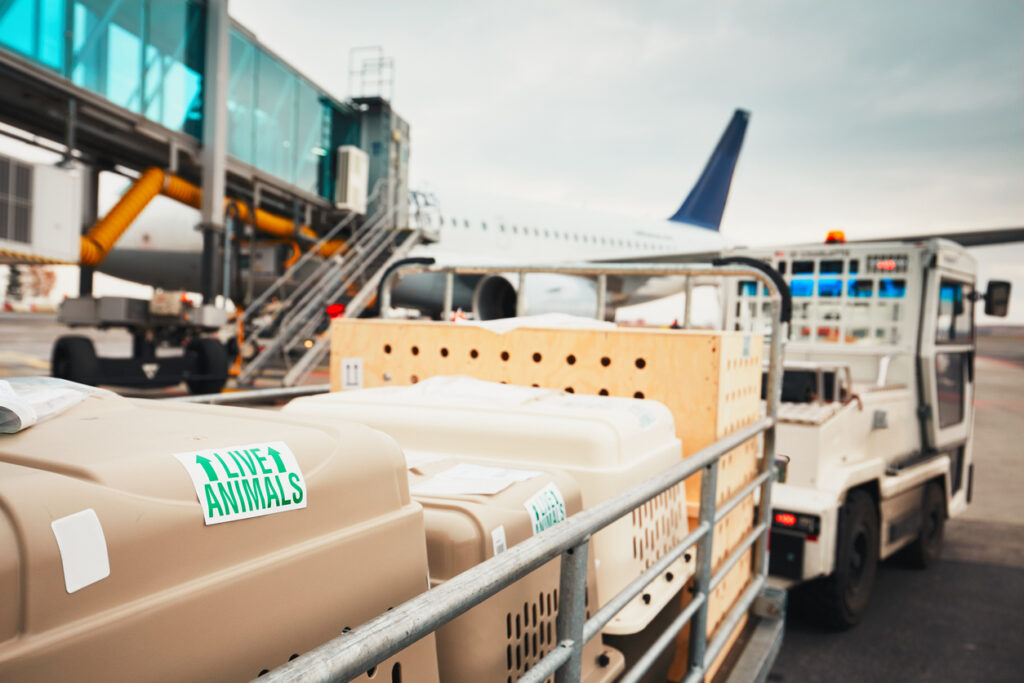
Sure, airlines try to make cargo pet-friendly, but let’s not pretend it’s all plush beds and calming aromatherapy. The cargo hold is temperature- and pressure-controlled on most planes, but it can still get noisy, bumpy, and stressful. It’s not the same area where your suitcase is chilling, but it’s not exactly luxury pet travel either. Loud noises, unfamiliar smells, and a lack of human interaction can trigger major anxiety in animals. Some pets fare fine—but for others, it’s the stuff of doggy nightmares. If your pet is easily stressed or has health issues, you might want to explore other options.
2. Some Breeds Are Banned

Airlines often restrict brachycephalic breeds (think Pugs, Bulldogs, and Persian cats) from flying in cargo, and honestly, it’s for their own good. These squishy-faced cuties have compromised airways, making it harder for them to breathe—especially under stress or in less-than-ideal temperatures. The risk of heatstroke or respiratory failure is significantly higher for them during flights. While it may feel unfair, it’s rooted in real veterinary data and past incidents. If you’ve got a snub-nosed buddy, talk to your vet and the airline about safe alternatives. And maybe start Googling “road trip dog seat covers” just in case.
3. Not All Airlines Treat Pets Equally
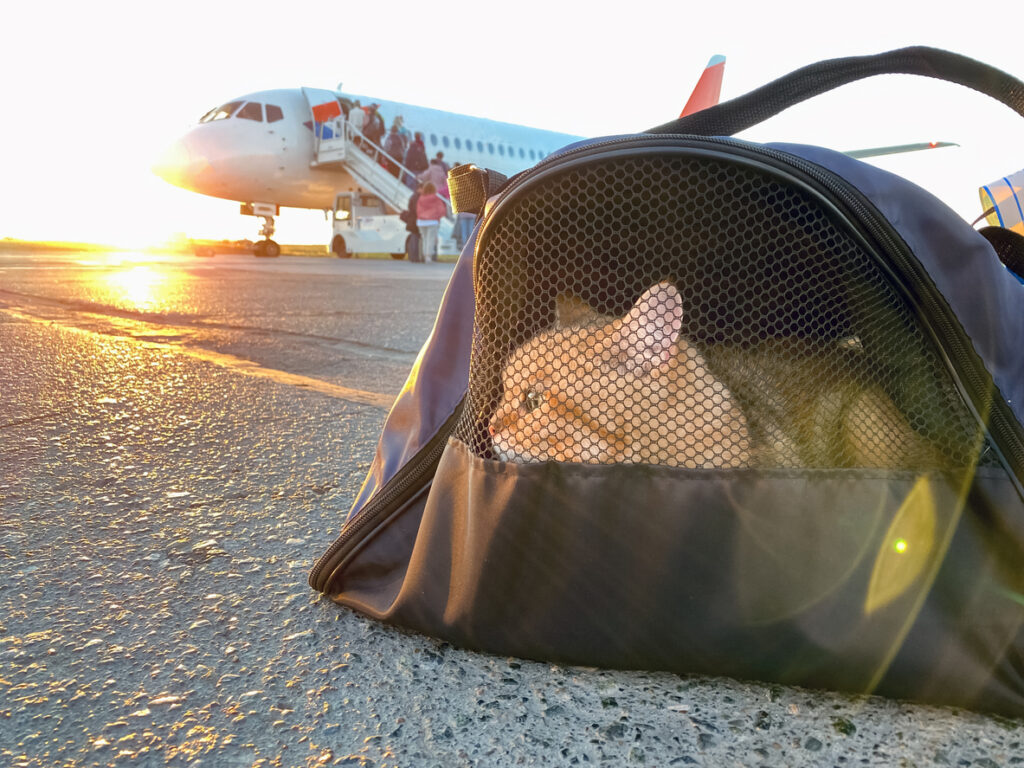
Some airlines treat pets like honored guests; others, well… not so much. Policies vary wildly—some require climate-controlled vehicles on the tarmac, while others may let crates sit in the sun longer than you’d like to imagine. A few airlines have even faced lawsuits and backlash for pet deaths in cargo, prompting policy overhauls or outright bans. That means it’s not just about price or schedule—it’s about doing your homework. Look for carriers with solid pet safety records and don’t be afraid to ask the hard questions before booking. Your pet’s paws deserve better than a horror story.
4. Crate Comfort Is Key
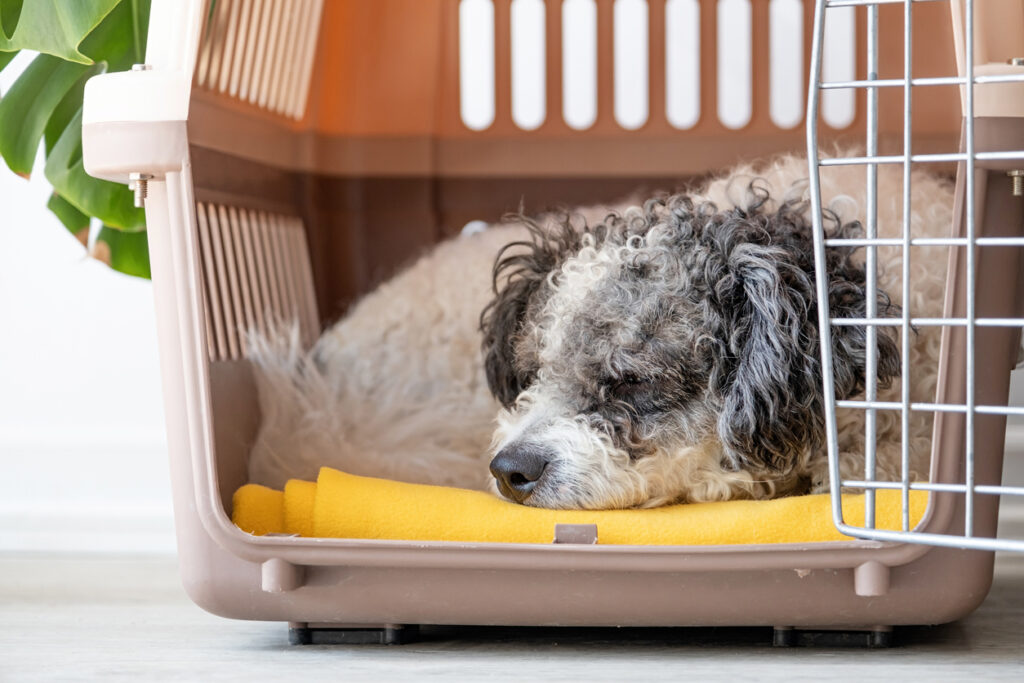
The crate isn’t just a travel kennel—it’s your pet’s temporary home, and how you prep it can make or break the experience. Airlines require sturdy, airline-approved crates with proper ventilation and a leak-proof bottom, but beyond that, it’s up to you. Add familiar-smelling blankets, a favorite toy, and even a T-shirt that smells like you to help ease separation anxiety. Also, make sure your pet is crate-trained well in advance; shoving them into a strange box the morning of your flight is not the move. A calm, comfortable pet is far less likely to panic mid-air. Think of it as packing them a first-class emotional support kit.
5. Sedatives Are a No-Go

It might be tempting to knock your pet out for the flight, especially if they’re anxious—but vets and airlines strongly advise against it. Sedation can affect a pet’s ability to regulate temperature, breathing, and balance—all essential during air travel. In fact, some airlines will refuse to transport sedated pets for safety reasons. Instead, focus on behavioral training, natural calming aids (like pheromone sprays or anxiety vests), and lots of positive crate associations before the trip. A groggy, disoriented pet waking up in a flying metal tube? No thanks. It’s like a furry version of a bad sci-fi movie.
6. Pet Trackers Exist—And They’re Lifesavers
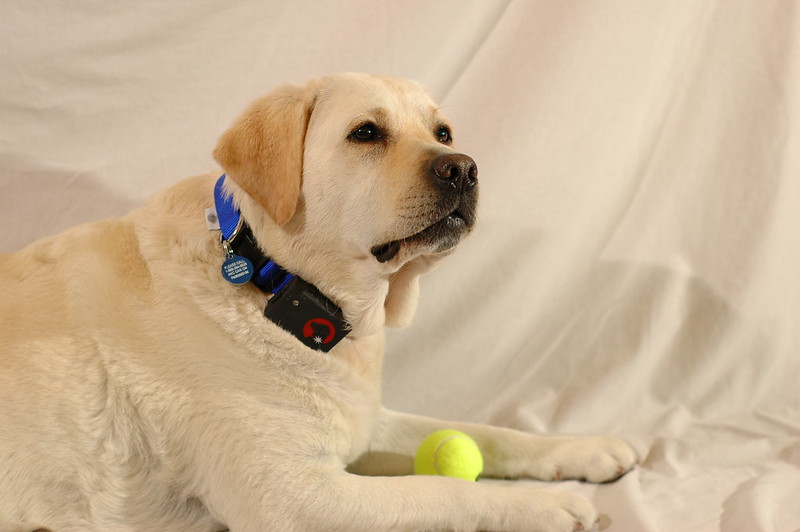
Worried your pet might go missing in transit? You’re not alone—and tech has your back. GPS trackers and smart collars can give real-time location updates (though some can’t transmit from inside a cargo hold, so choose wisely). Attaching Apple AirTags or similar devices to the crate itself can also help monitor where your furry friend is on the journey. Some airlines now offer pet-tracking services as part of their premium pet travel packages, complete with in-flight updates. Because if you’re going to freak out, at least freak out with data.
7. Yes, Pets Have Died in Cargo (But Here’s the Context)
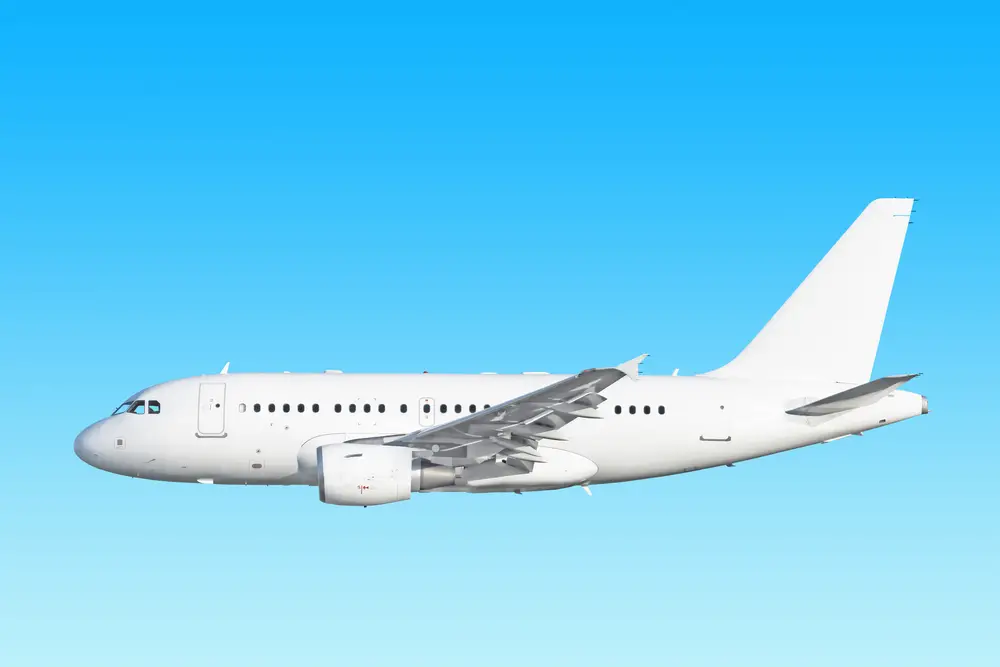
It’s a tough truth: pets have died flying in cargo, but it’s not as common as the headlines make it seem. According to the U.S. Department of Transportation, incidents involving pet injuries or deaths have declined significantly due to better policies and public pressure. Most tragedies occurred due to extreme temperatures, breed sensitivities, or poor handling—not just the flight itself. That said, any risk feels like too much when it’s your furry family member. If your pet is older, ill, or simply doesn’t handle stress well, reconsider whether flying is the right choice. Because no vacation is worth your peace of mind—or their safety.
8. Consider Pet Shippers—They’re Basically Animal Travel Agents

If all of this sounds overwhelming (because, let’s be honest, it kind of is), you’re not out of options. Professional pet transport services exist and can handle everything from paperwork to crate prep to flight arrangements. They know which airlines are pet-friendly, how to navigate international pet laws, and how to make the whole process smoother for you and your animal. Yes, it’s more expensive—but it’s also a lot less stressful. Think of them as travel concierges for your pet—with way more experience and a lot fewer meltdowns in TSA lines.


